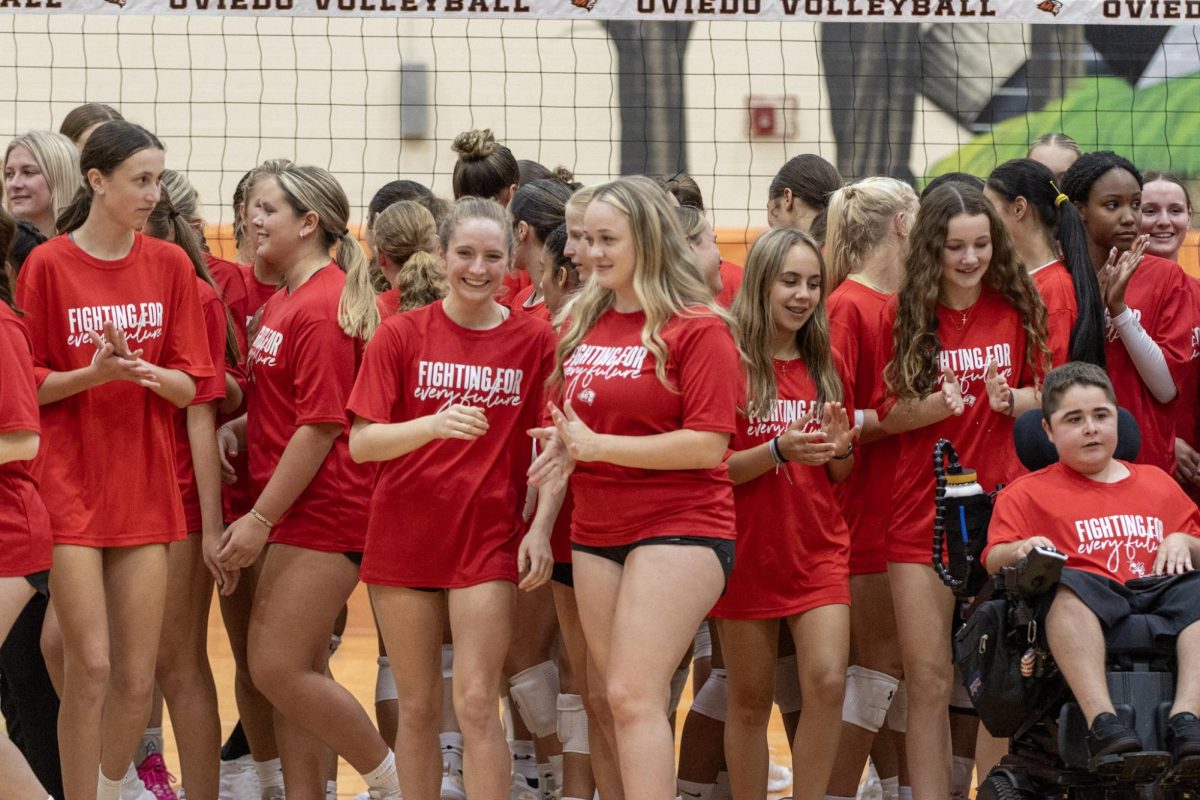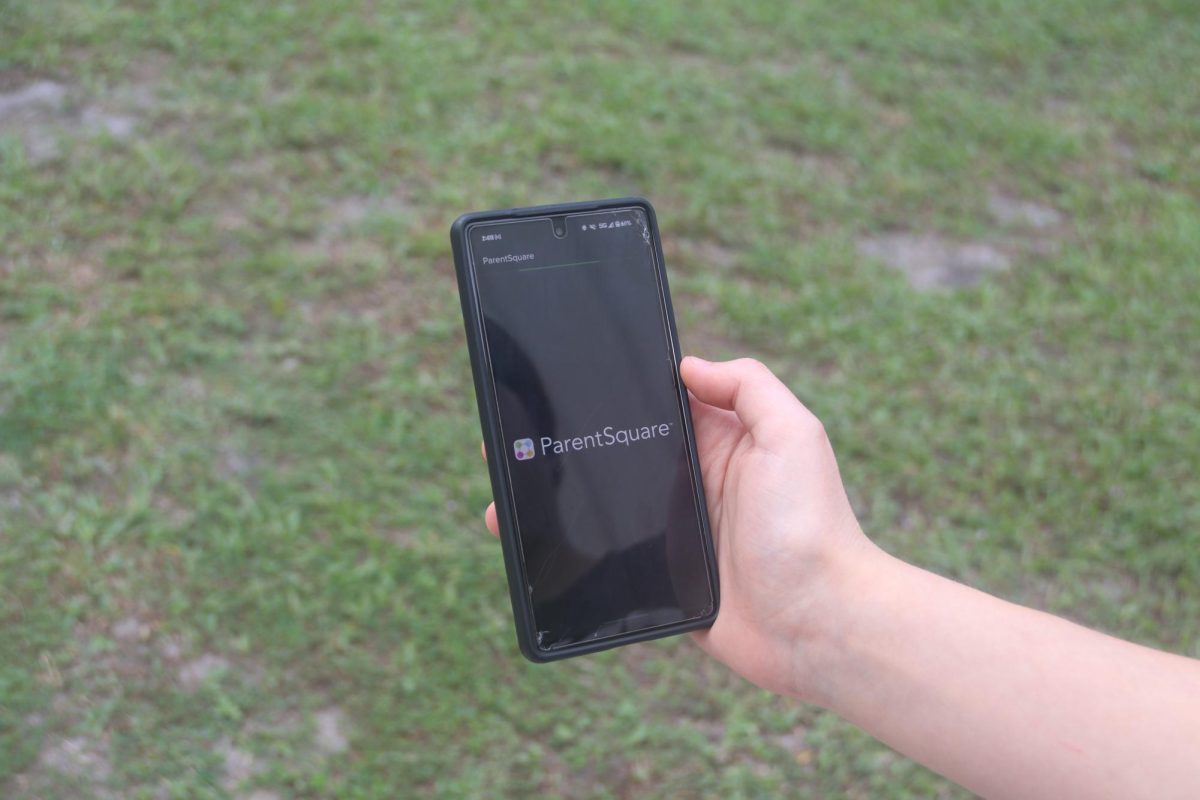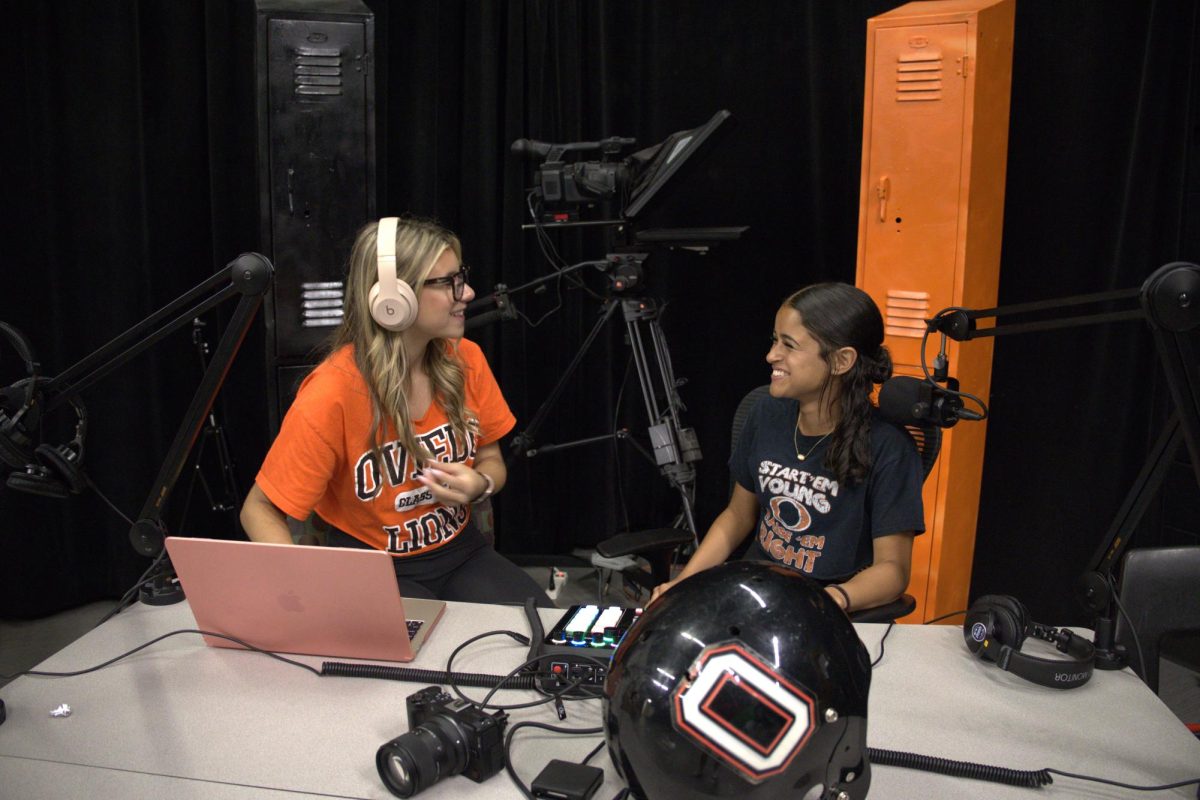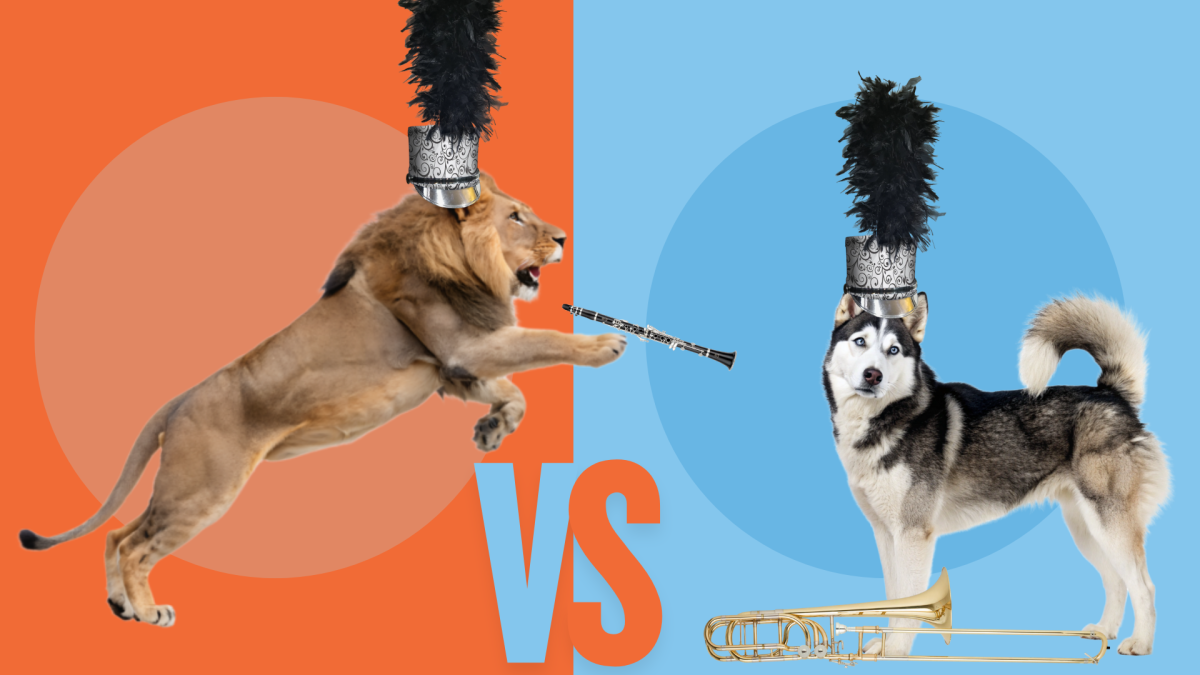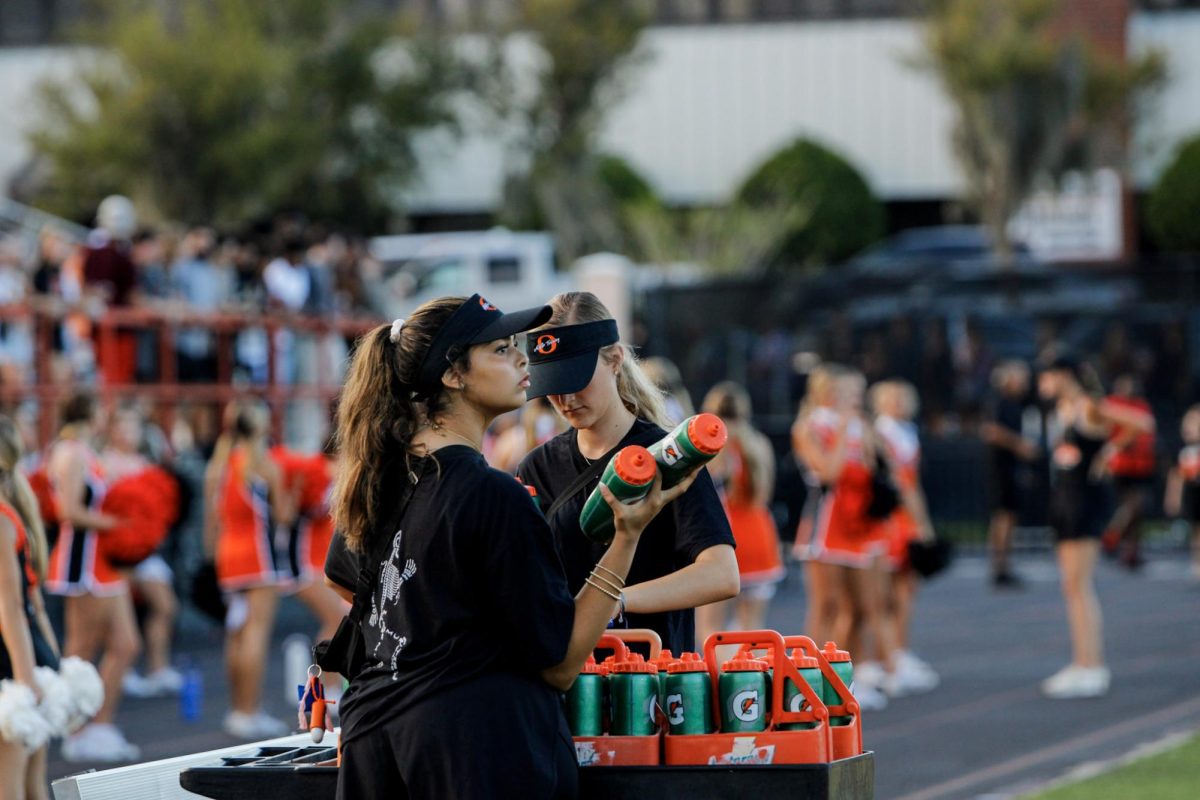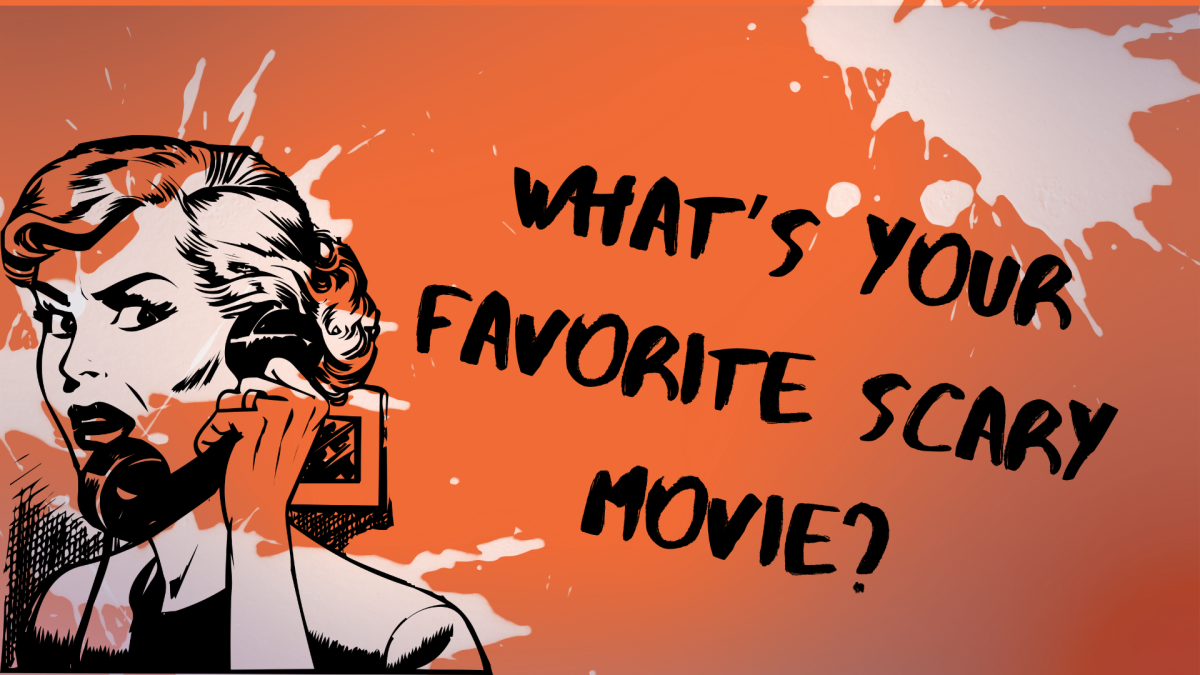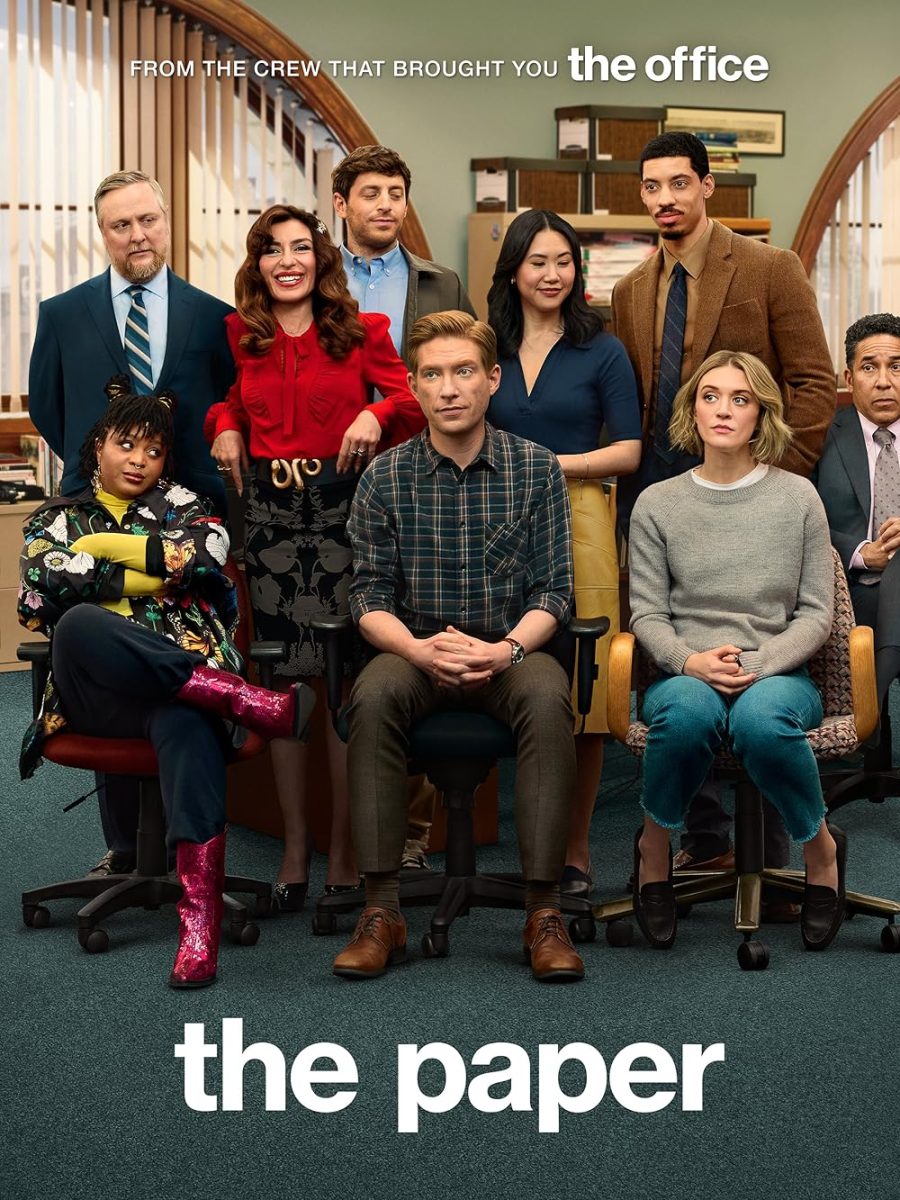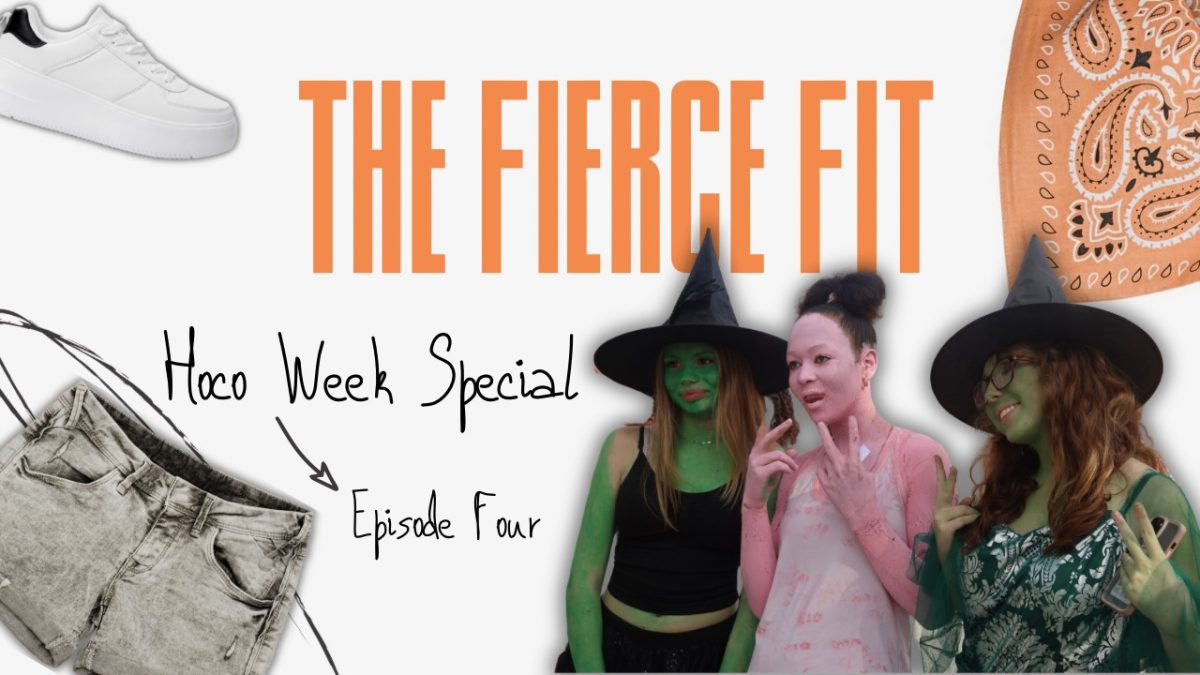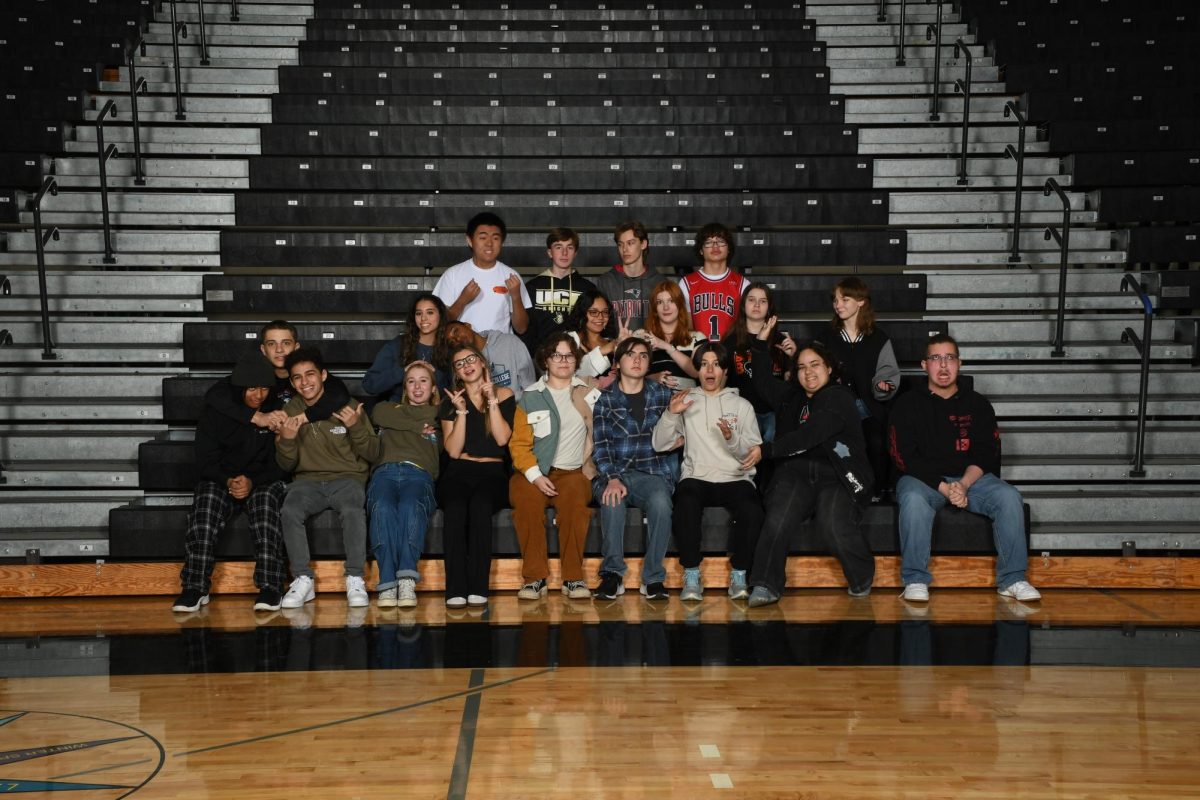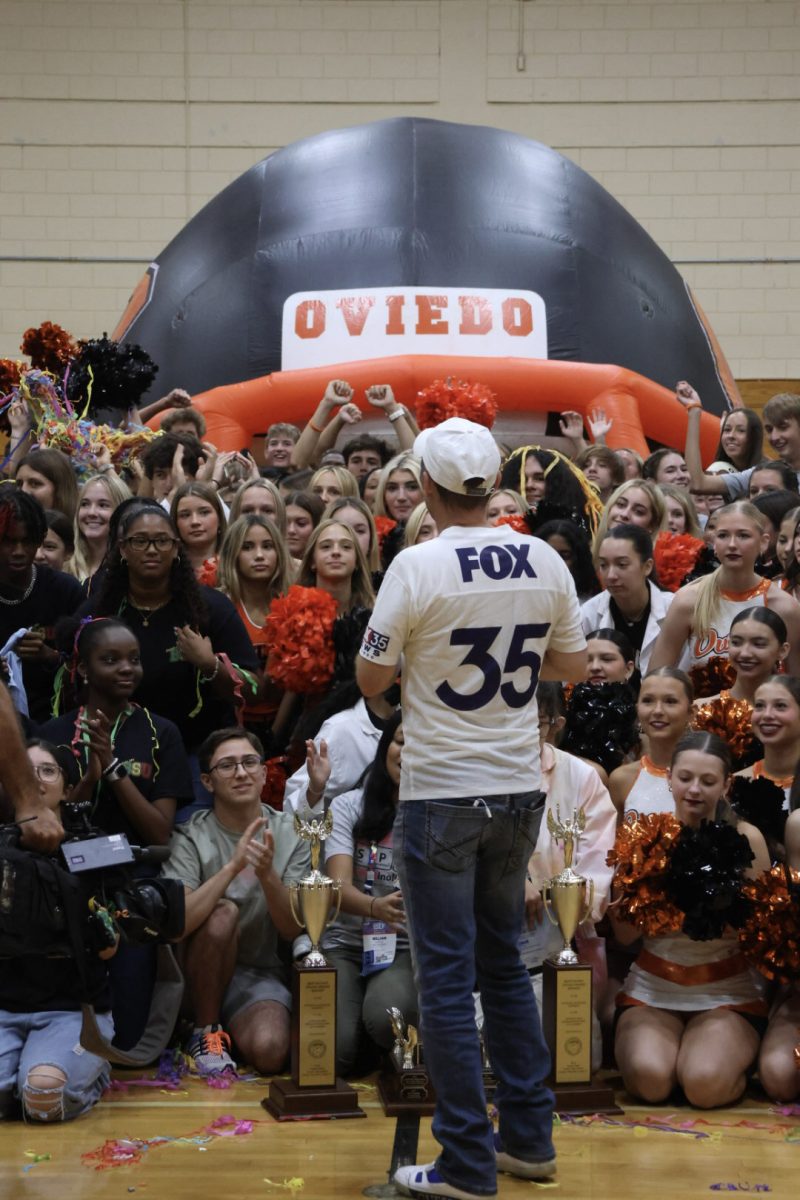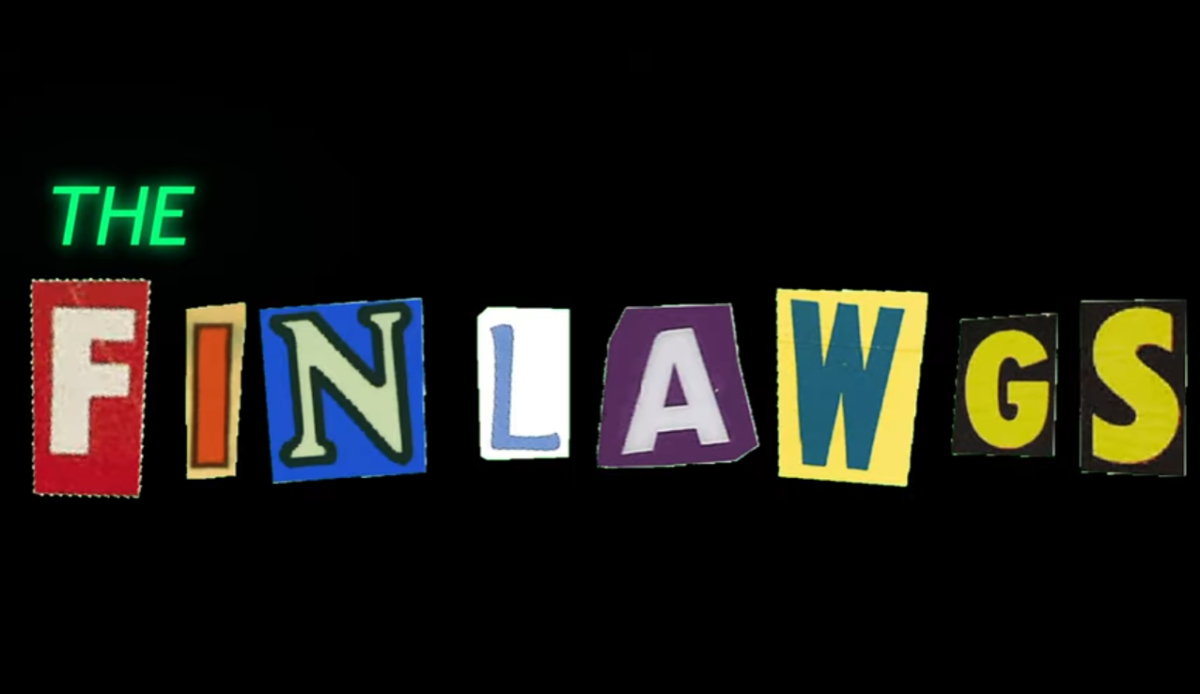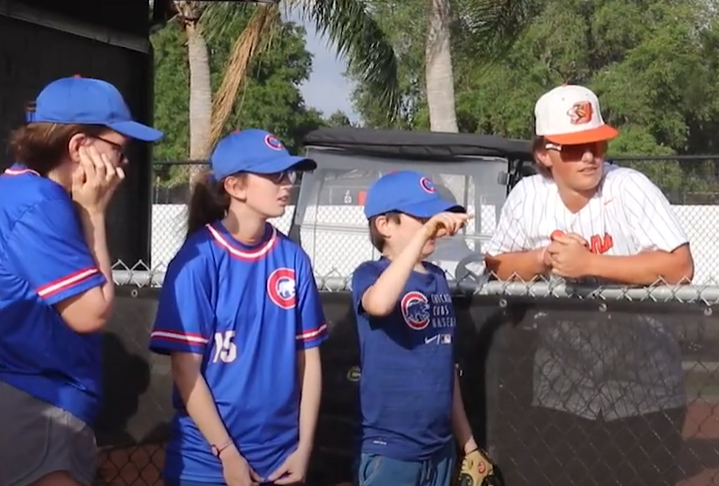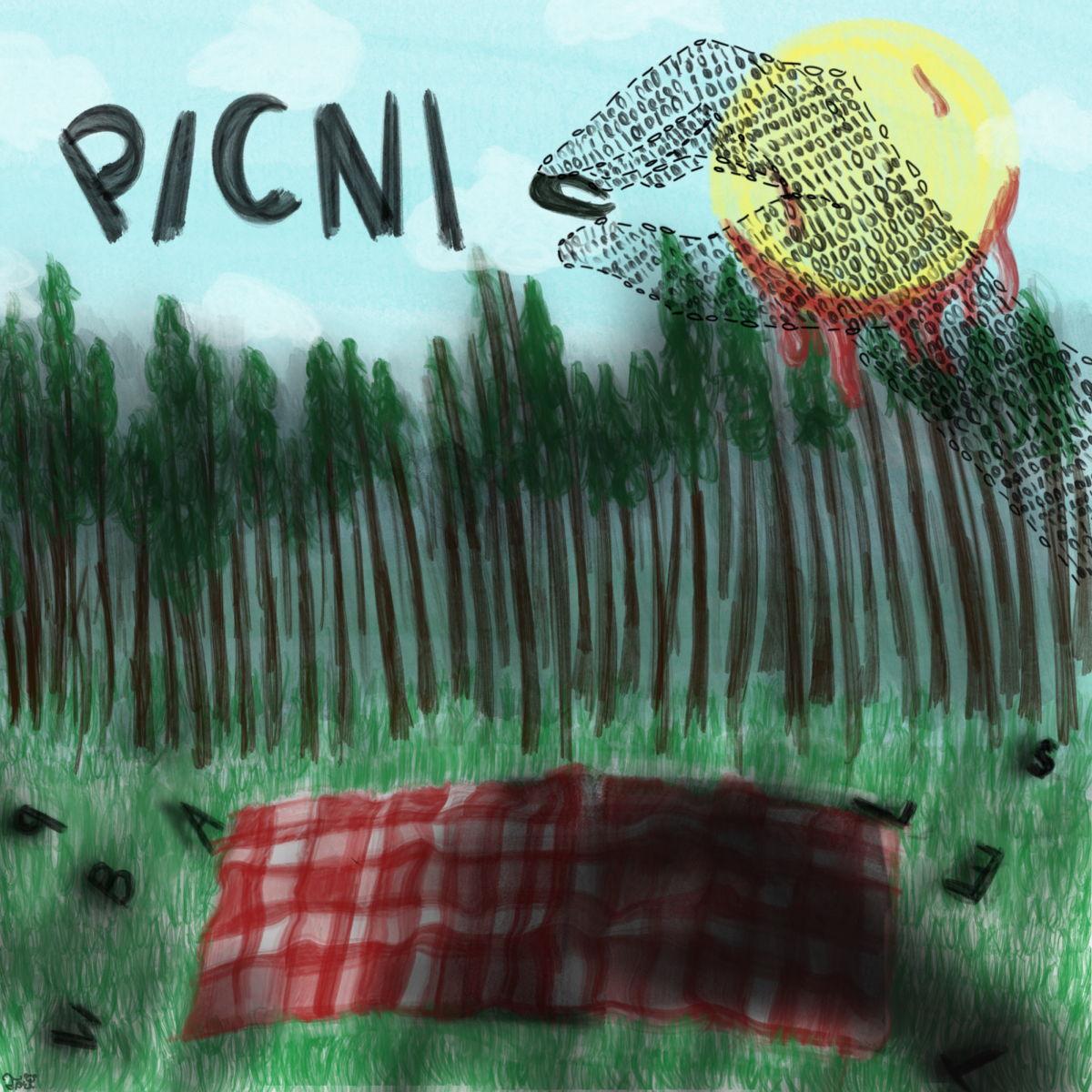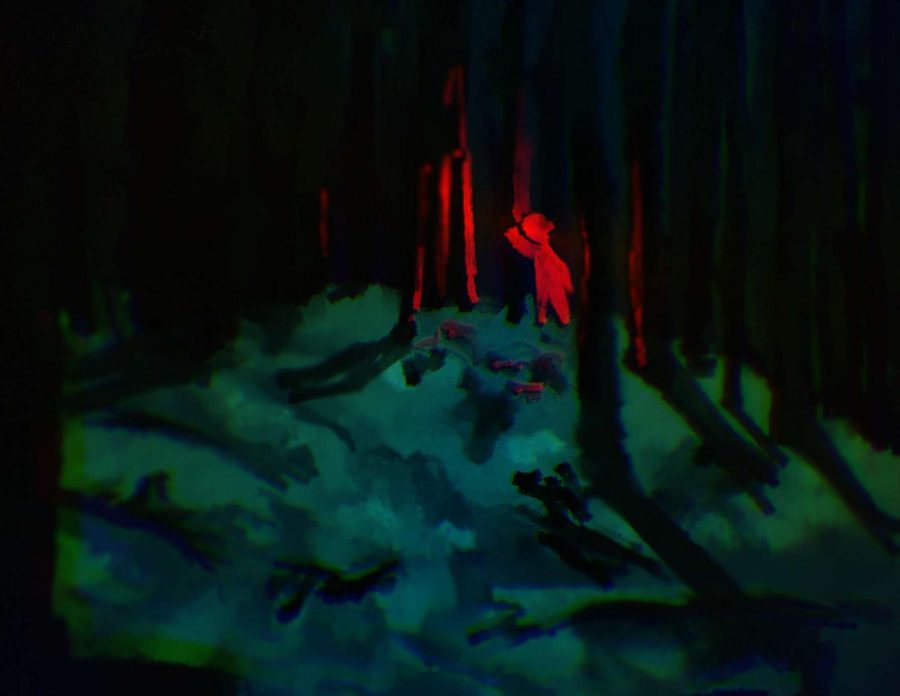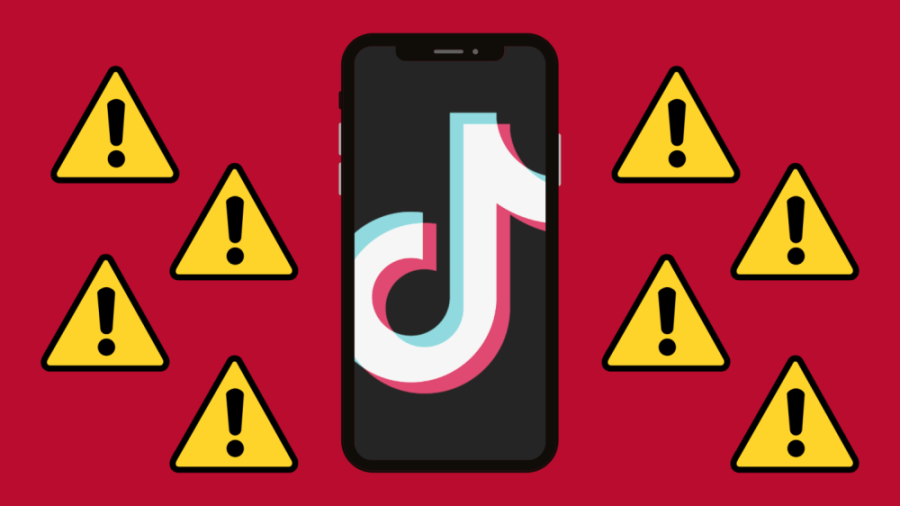TikTok is problematic
Tiktok has become a massive problem.
October 21, 2022
In a world full of controversial social media, there is only one platform that is as insanely problematic as it is popular. And its name is TikTok. TikTok is a social media app that allows users to post short videos that are usually silly pranks, popular dances, weird memes, and crazy challenges. While it is targeted to teenagers and young adults, people of all ages create content on the platform. It has transformed from just a replacement of a previously popular app to a media giant that has over two billion downloads and generates billions of views globally.
But despite TikTok’s wild popularity, it has come under heavy fire in the past three years. It has been banned in several countries, including India and Afghanistan. From August 2020 to June 2021, it was nearly banned in the United States due to former president Donald Trump signing an executive order. The app’s moderation has been criticized for allowing obscene, immoral, vulgar, and inappropriate content to reign supreme. With recent trends causing destruction, the opposition has grown even stronger.
How did TikTok become so popular? What problems is the platform causing? The answers are clear.
TikTok’s origin story begins back in Sept. 2016 when ByteDance (a Chinese internet technology based in Beijing) released the video sharing app A.me. Months later, it was rebranded as Douyin. While it gained traction in the Chinese market, founder Zhang Yiming wished to expand the app to reach the worldwide audience. Following another rebranding, TikTok was released internationally in the fall of 2017. However, it didn’t start gaining a base until 2018, when American celebrities, like Jennifer Lopez, started creating content.
But it was the summer of 2020 that changed TikTok forever. In the midst of the COVID-19 pandemic, people who were desperate for entertainment and joy turned to the app. The social media platform helped connect people during a time of isolation. Since anyone could go viral, it encouraged users to consume and produce as much content as possible. Not much else to do when you are stuck at home, right?
However, as the world slowly returned to normalcy, the world’s addiction to the app just kept growing. It is this undying obsession that has led to the massive problems TikTok has caused today.
Take the “devious licks” challenge for instance. Back in Sept. 2021, students started stealing things from their schools and posting what they stole or “licked”. At first, it was smaller items like tape, pencil sharpeners, and rulers. But as time passed, it started to become utterly ridiculous. Kids started destroying classrooms, stealing valuable property, taking street signs, and ripping out toilets. Yes… toilets! School districts around the country were left with millions of dollars worth of damage while misguided teenagers tried desperately to get a taste of internet fame.
TikTok is problematic due to its addictive nature, toxic practices, and distasteful content. Users spend over 95 minutes a day watching a plethora of short video content that’s proven to lower attention spans. In fact, nearly 50% of people find it “stressful” to watch a video longer than a minute. African-American content creators are subject to having their original content appropriated and copied at an unfair scale.
In essence, TikTok is a volatile, destructive app that is single-handedly projecting degeneracy and degrading the critical thinking of impressionable minds. Sure, other social media apps like Twitter and Reddit share some of these problems, but at the end of the day, none can compare. While its popularity cannot be ignored, TikTok is terrible and it’s never going to change.







